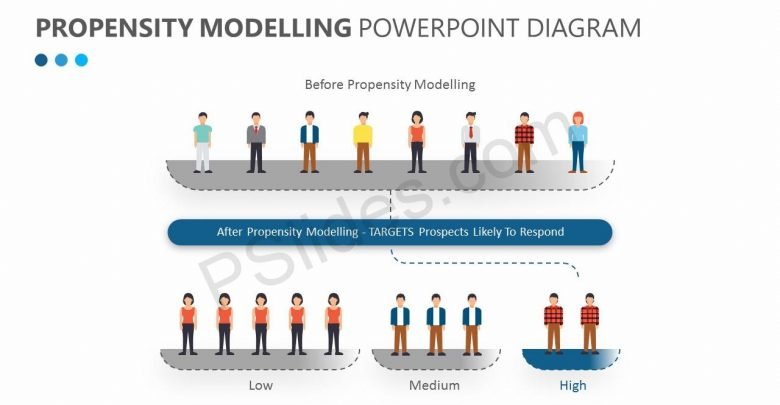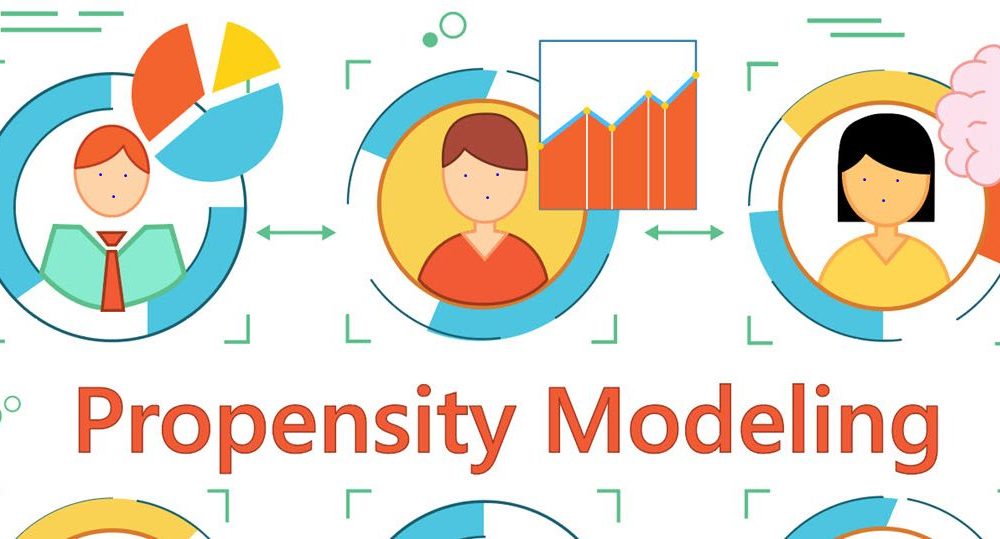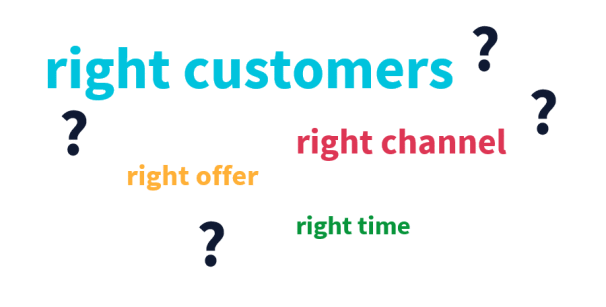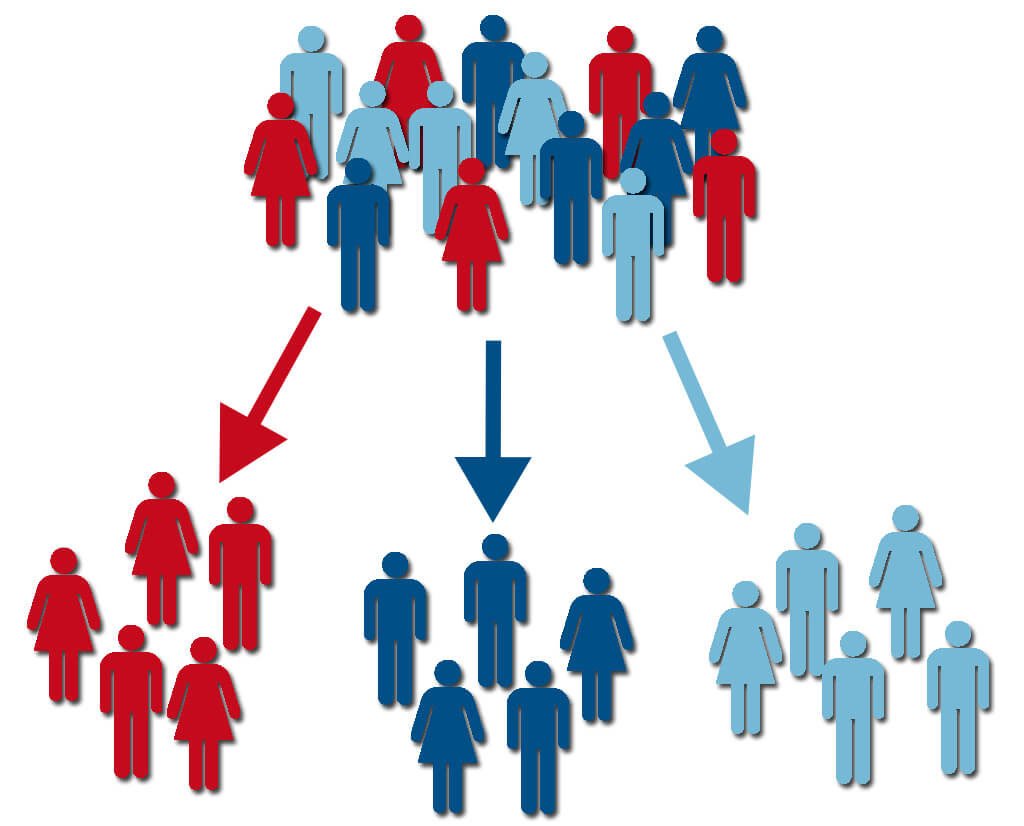All You Need To Know About Propensity?

Marketers spend a great deal of time discussing the importance of getting the best information to the right people at the right moment. It is the Holy Grail they are striving for in an age when mission-critical has become hyper-personalization. It is of course not easy to pull it off. That’s especially true as you remember that many advertisers are still using what amounts to a one-size-fits-all, spray-and-pray strategy to targeting customers and clients.
What Is Propensity?

In the field of economics, there is a tendency throughout dozens of different ways–to save, consume, save, buy, sell, etc. In English by layman, the propensity is a natural tendency to behave or do things in some way. Cats tend to hunt birds, for example, while humans are inclined to acquire material possessions.
In fact, likelihood analysis compares consumer apps with predicted attitudes or propensities. It tracks buying habits as well as other actions such as the propensity of a customer to open a marketing email, sign up for a loyalty program or take part in feedback surveys. The quality of your customer data and how effectively it is segmented underpins its success. Say you’re a national retailer that has physical stores and channels online. You have three segments of customers defined by their frequency of shopping and their expenses. That is to tell, the regular buyers, the slow-and-steady consumers and the customers at risk. Will you know what, where, and why would your consumers buy? Several companies are embarking on an ambitious quest to find such solutions, investing valuable resources into data-driven promotions and big-budget strategies— yet frustratingly elusive, real results remain. Customer data is deemed a precious asset but its true value can only be calculated once it has been checked. Some brands have huge databases that look impressive but contain out-of-date or irrelevant information on closer inspection. In fact, a number of brand correspondence misfires, targeting people with inaccurate or inopportune ads.
How To Apply The Propensity Modeling Tool?

Applying a likelihood modeling forecasting method to each of these consumer segments would allow you to build a far more effective, long-term sales strategy— one that reacts to growth opportunities by constructive, prompt cross-selling and upselling initiatives. For eg, what is the probability of your regular shoppers retaining? Is the distance of their shopping trips, or the amount of money they spend on each store, going up or down — and if so, why? Why do your frequent shoppers prefer shopping with you, and how can you leverage this knowledge to influence your customers who are slow and steady and at risk? Armed with this information, you will follow methods of marketing much more successfully that build better customer relations. With time, you will be able to track how certain marketing and sales strategies affect purchasing behavior and produce highly targeted and customized messages that hit home. Eventually, retention and growth approaches for your consumers will see a quick and better return on investment— saving your company time and money in the long run.
Segmenting The Customers

Personalized consumer messages can be difficult for companies of any scale to get correct. Having too many consumer segmentation models is all too simple, splitting the target audience into an unexpected range of people list. And, to build very few on the flip side, and use only a couple of overgeneralized assumptions.
To get the most out of your marketing budget, you need to concentrate on the consumers who will be investing the most in your company. If an individual is unable to generate profit, then either drop that person or slash the stake in that particular group.
Another common mistake is when the marketing teams use their own perspectives to improve the customers in their company. Instead, they must concentrate on analyzing and using the actual customer data they have at hand.
Daily Software Tests Running
The information does not last long. Out - of-date customer information will affect the quality of your models, and will eventually cost you more time and money. In a short space of time, a lot can happen to a customer; they could get married, travel, have kids, start studying, become vegetarian — the list goes on.
You need to learn your clients constantly, so check the data in real-time. Use this as a way to gather more information each time you communicate with them. Don’t just promise to provide personal details willingly— you must give something in order to make it worth your buyers ‘ time, a loyalty exchange that ties them even closer to your brand.
Remember that not all data is useful and unprofitable data sets are checked and discarded. To avoid getting into a position where reams of irrelevant customer information drown out valuable, relevant data, it is better to evaluate the quality at the root of all the data; successful value sharing would help.
